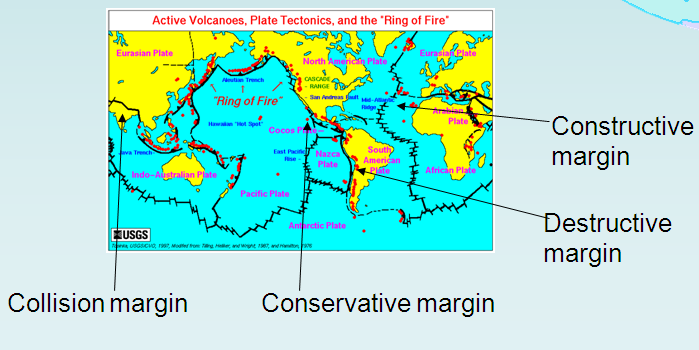Geography Definition Tectonic Plate

Look it up now.
Geography definition tectonic plate. Plate tectonics definition is a theory in geology. The crust is the outer layer of the earth. Transform plate boundaries occur when two tectonic plates slide or grind past parallel to each other. Extensional tectonic activity occurs when oceanic plates are pulled apart or when a continental plate breaks up into fragments.
Learn and revise about plate tectonics focusing on the earth s structure plate movement and boundaries with bbc bitesize ks3 geography. It is a thin layer between 0 60 km thick. The crust is the solid rock layer upon which we live. The lithosphere of the earth is divided into a small number of plates which float on and travel independently over the mantle and much of the earth s seismic activity occurs at the boundaries of these plates.
The earth s crust. The mantle contains hot molten rock magma heated by energy from the earth s core. It is either continental or oceanic. Plate size can vary greatly from a few hundred to thousands of kilometers across.
The pacific and antarctic plates are among the largest. As the crust thins it is fractured and pushed upward producing block mountains. The most famous transform boundary is the san andreas fault where the pacific plate that los angeles and hawaii are on is grinding past the north american plate that san francisco and the rest of the united states is on at the rate of 3 inches a year. A tectonic plate also called lithospheric plate is a massive irregularly shaped slab of solid rock generally composed of both continental and oceanic lithosphere.
Find definitions and descriptions of key plate tectonics vocabulary words and concepts used in teaching and learning about plate tectonics. Earth science students can use this as a quick reference tool.